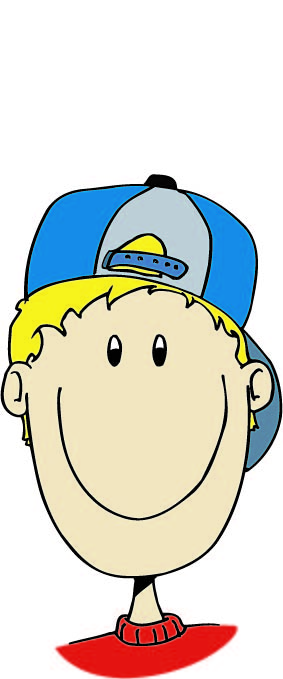 Subtracting from multiples of 10 in your head by mathsblog.co.uk
Subtracting from multiples of 10 in your head by mathsblog.co.uk
Subtracting a 2 digit number from a multiple of 10 can be done ‘in your head’, but it does need care and using an efficient method.
Let’s look at:
50 – 27
Probably the easiest way to do this is by ‘counting on’.
Step 1: Count on from 27 to the next whole ten (30), which is 3. Hold the three in your head for later.
Step 2: Count on in tens from 30 to 50, which is 20.
Step 3: Add the 20 to the 3 which is 23.
50 – 27 = 23.
(You will often find that children give the answer as 33 rather than 23. That is usually because they have counted on from 20 to 50 which is 30 and then added another 3 to get 33, ignoring the adjustment of the tens.)
Free maths worksheets below:



 Here is another worksheet for subtraction; this time subtracting 9 from 2-digit numbers.
Here is another worksheet for subtraction; this time subtracting 9 from 2-digit numbers. Continuing with our series of simple addition of single digits, here are two maths worksheets on adding 7. The ultimate aim is for children to know, off by heart, the answer to any addition of two single digits. This means that they don’t have to think about it, there is no counting on in their heads, they know it and can answer as quickly as if they were asked what their name is.
Continuing with our series of simple addition of single digits, here are two maths worksheets on adding 7. The ultimate aim is for children to know, off by heart, the answer to any addition of two single digits. This means that they don’t have to think about it, there is no counting on in their heads, they know it and can answer as quickly as if they were asked what their name is.